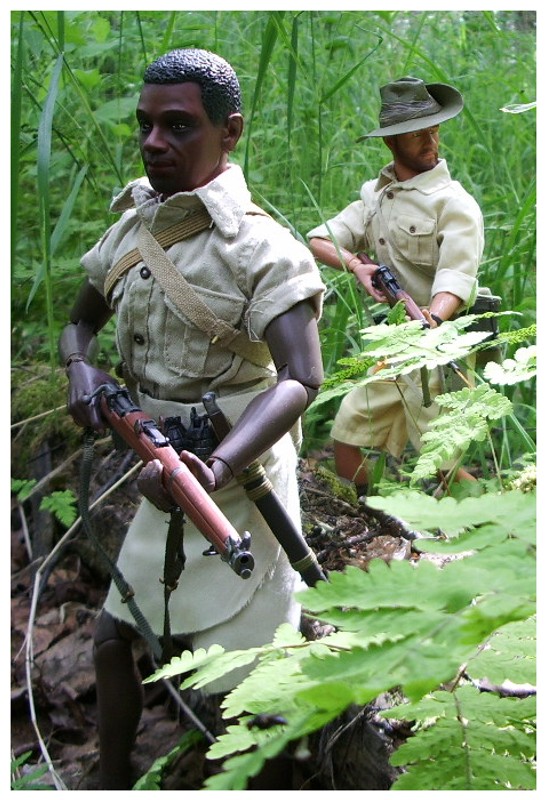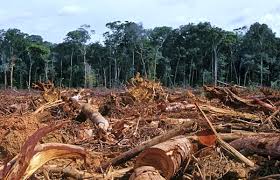You're welcome to add comments or suggest additional questions you'd like to see answered in the follow-up interview.
Coastwatchers rayjohnston.blogspot.com
Friday 17 April 2015
Wednesday 18 March 2015
The Rich Girl, the Poor Girl, the Coastwatcher and me:
The four stories behind the story
1. The wolf at the door: New Guinea 1942
Imperial
Japan, fresh from victory at Pearl Harbor seizes the tropical port of Rabaul on
the island of New Britain from the Australian Army on 23 January, 1942, and now
has the perfect springboard for a decisive push south. With time running out,
Australian commanders piece together a plan to disrupt the enemy until reinforcements
can be sent, acutely aware that in the interim all they can rely on is courage,
resolve, luck and good intelligence. In this darkest hour, a young Secret
Operations officer volunteers to go behind the lines in New Britain. He recruits a covert ops team, local guides and New Guinea's toughest native police officer, to report
on the enemy and watch their every move.

2. A story from Palestine, circa 28-34 AD
A
Galilean teacher, Yeshua ben Yosef, is seen as a dangerous rebel by his own
country’s leaders and the Roman occupying forces. Sensing the power of both
Temple and State closing in, he instructs his right-hand man Simon ben Yonah,
known to his friends as Peter or Cepas, to build on the start he has made,
promising him spiritual guidance and support. When Yeshua is executed by the
Roman governor, it’s not the end, thanks to the efforts of Simon, and a Jewish
intellectual from south-central Turkey, Saul of Tarsus, who spreads the
teachings of Yeshua ben Yosef throughout Asia Minor and the Mediterranean.
3. What happened while the world looked away: East Africa 1994
In the
eastern region of 1central Africa there is an ancient kingdom that became two
nations. The Tutsis rule Burundi and the Hutus rule Rwanda. Speaking the same
language, the Tutsi and Hutu were not different tribes but were like two
castes, the Tutsis being leaders and the Hutus farmers and artisans.
For over
seventy years the two nations were colonies, at first of Germany then of
Belgium. The foreigners favored the Tutsis, seeing them as more progressive,
but when they began to agitate for independence the Belgian masters switched
their support to the Hutus. But the base was unstable and this played out in developments
in the 1960s and onward.
In 1962 Hutu leaders overthrew the Tutsi king in Rwanda but in Burundi the Tutsi king peacefully negotiated an agreement with the Hutus. When the Hutus in Burundi changed their mind and tried to gain power by force the Tutsis defeated them. In Rwanda, things were different. October 1st 1990 was a defining moment. Tutsi rebels of the RPF — Rwandan Patriotic Front — mainly descendants of Rwandans who had fled from Hutu purges thirty years before, poured across the Rwandan border from Uganda and in three days flat extracted a peace deal from President Habyarimana. Finally the UN sent a small force of peacekeepers.
Rwanda
hobbled along for six months without major conflict until the fateful day of 6
April, 1994, when the President’s plane was shot down as he returned from talks
with the RPF in Tanzania. Both Habyarimana and the Burundian president died.
Radical Hutus blamed the RPF for the attack and the place blew. The next day
Hutu
militants cut down the Prime Minister Agathe Uwilingiyimana and the ten Belgian
soldiers guarding her in Kigali. Rwandan troops and a nasty little outfit
called the Hutu Interahamwe Militia started to slaughter Tutsis and moderate
Hutus.
By the
next day the killing was fanning out from the capital. Militants set up
roadblocks and slaughtered Tutsi men, women and children as they fled. Egged on
by inflammatory radio broadcasts, ordinary Hutus took up machetes and joined in
the massacre. At first, some officials approved. And some church leaders even
joined in, exhorting their adherents to mass murder. Emboldened, the RPF rebels
advanced on Kigali, forcing anyone who didn’t support their bloodthirsty
onslaught to flee. World leaders watched helplessly as the crisis grew from
brushfire to firestorm overnight and responded with stopgap measures.
Through
mid-April and early May, Rwandan refugees streamed into Burundi and Zaire. The
UN Security Council dithered and half a million people were slaughtered before
a protective force was finally formed. But the troops sat and waited under the
wings of their transports in Nairobi for five more weeks while the UN worked
out who would pick up the tab, and as they waited the Tutsi rebels ran amok.
The number of people massacred rocketed past the one million mark as the RPF
chased down the fleeing refugees, slashed and burned their way across the
country and took Kigali.
When a
semblance of peace was restored, long columns of traumatized people trailed
back to reclaim what remained of their homes, but bandits and rag-tag militias
still roamed the Burundian countryside. Attacks continued for years and among
the most vicious was the raid in Gitega Province in September 2002 when rogue soldiers
attacked the Itaba community, summarily executing two hundred and fifty
civilians including the parents of several young children.
4. The exploitation of timber resources on customary land in Papua New Guinea*
Papua
New Guinea (PNG) operates under a system of traditional land ownership, with
97% of the total land area classed as ‘customary land’, which cannot be bought
and sold. To get around this [the pre-Independence Australian administration]
developed Timber Rights Purchase (TRP) agreements, where rights to the trees on
customary land were essentially ‘purchased’ by the state from the customary
landowners for a certain time period. The state was then free to issue permits
or licences [managed by the Department of Forestry] to logging companies on
agreed terms and conditions.

In 1967
and 1968, the first TRPs between the state and customary landowners … were
signed, for a period of 40 years. All of these agreements were written in
English. With high levels of illiteracy, most (if not all) locals were just
forced to sign documents of which they did not understand the content. Most of
the landowners that signed these originally agreements have since died, and as
no copies were made or provided, the local people have little or no knowledge
regarding the agreements affecting their land.
In 1975,
PNG was granted Independence from Australia. [The new government continued
existing TRPs, allowing a number of foreign companies to continue or begin
logging. Controversial practices occurred in various locations, for example] in
1990 Bunnings Brothers sold their shares in Vanimo Forest Products to Malaysian
company WTK Realty without the knowledge or consent of customary landowners.
Large protests in Vanimo followed, but to no avail. WTK were already in Sandaun
Province operating in a separate logging area, and they just increased their
existing operation.
TRP’s
have now been replaced with a new agreement called the Forest Management
Agreement, but essentially the principles are still the same [and logging
permits continued to be issued throughout the nation. At times this has been
controversial. For example,] a new Project Agreement and 20 year permit was
issued to WTK [trading as] Vanimo Forest Products, covering the existing TRP
agreements … however the existing TRPs expired in 2007 and 2008 so all logging
in these areas has been illegal since then, as there was no agreement between
the landowners and the state.
_______________________________________
* This
summary is taken, by permission, from the website of Bikpela Bagarap (Big
Damage), an independent documentary by David Fedele (2011).
Subscribe to:
Posts (Atom)